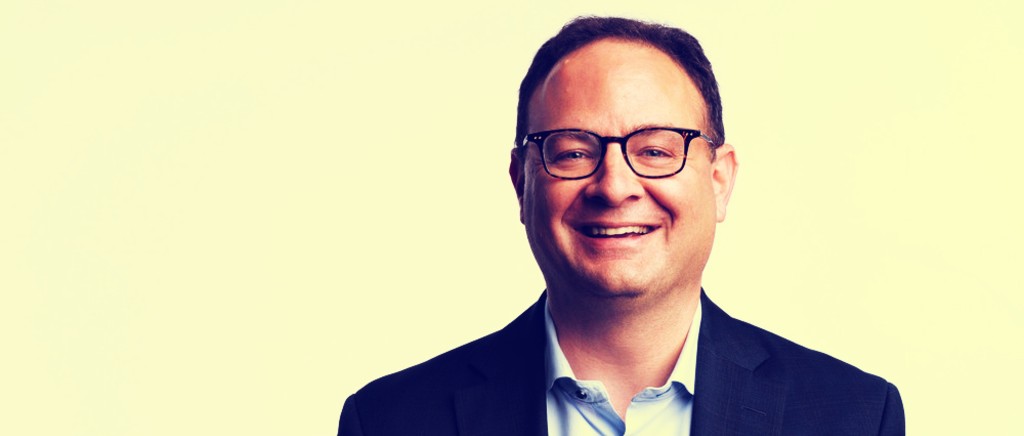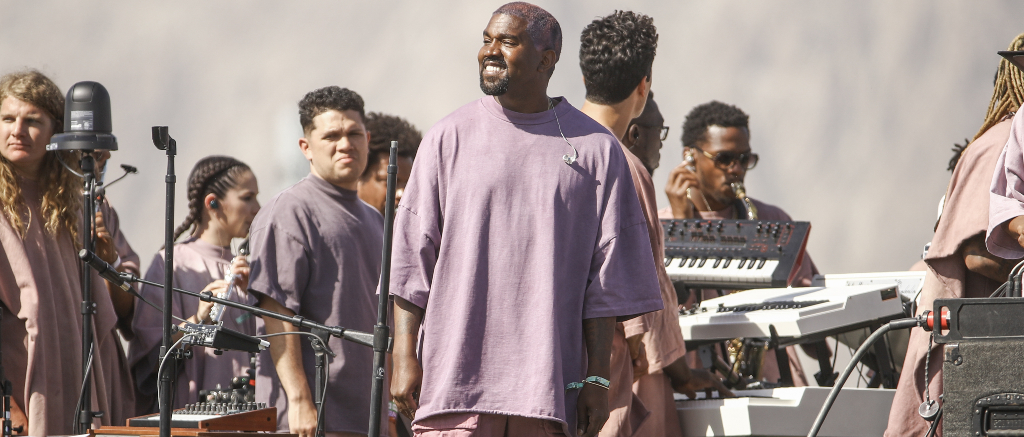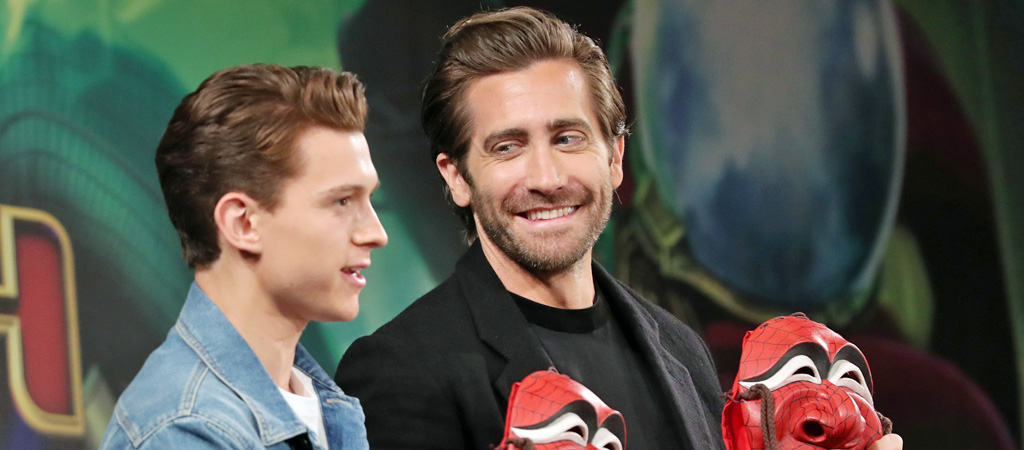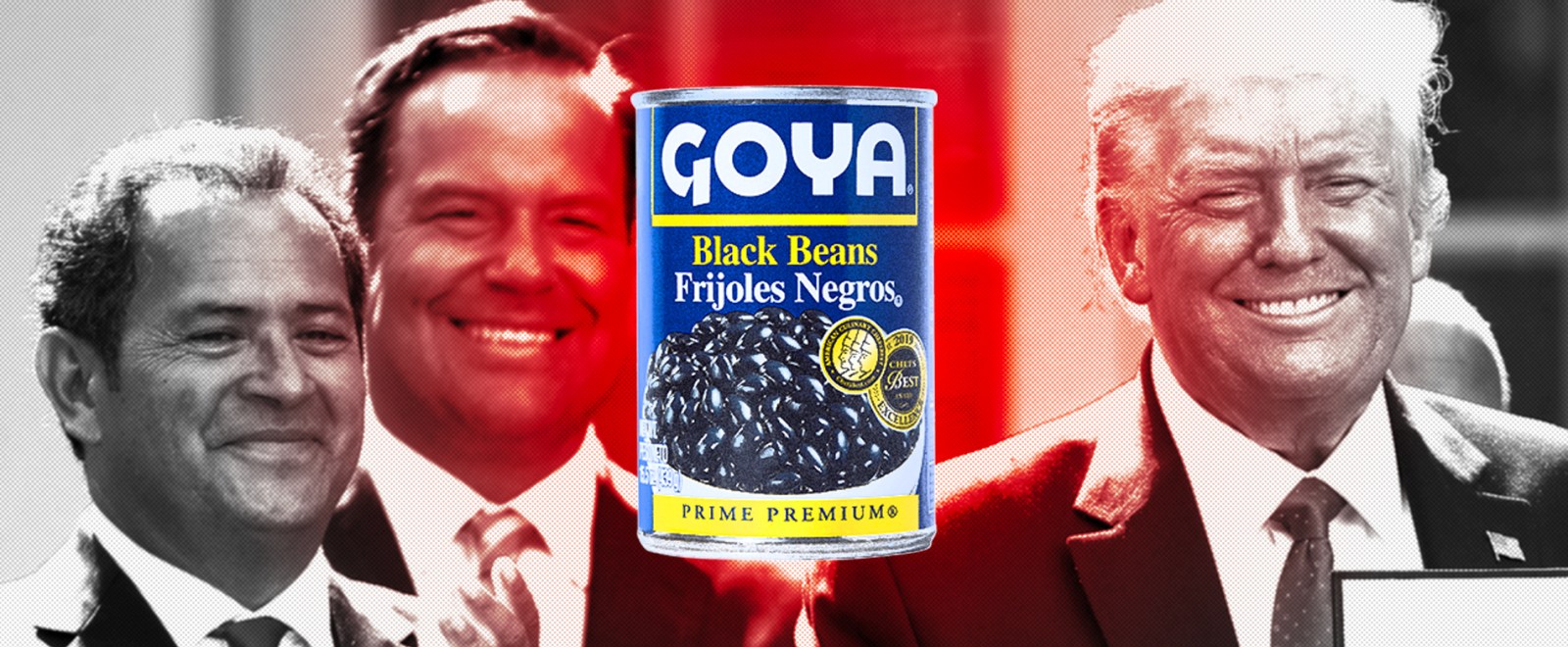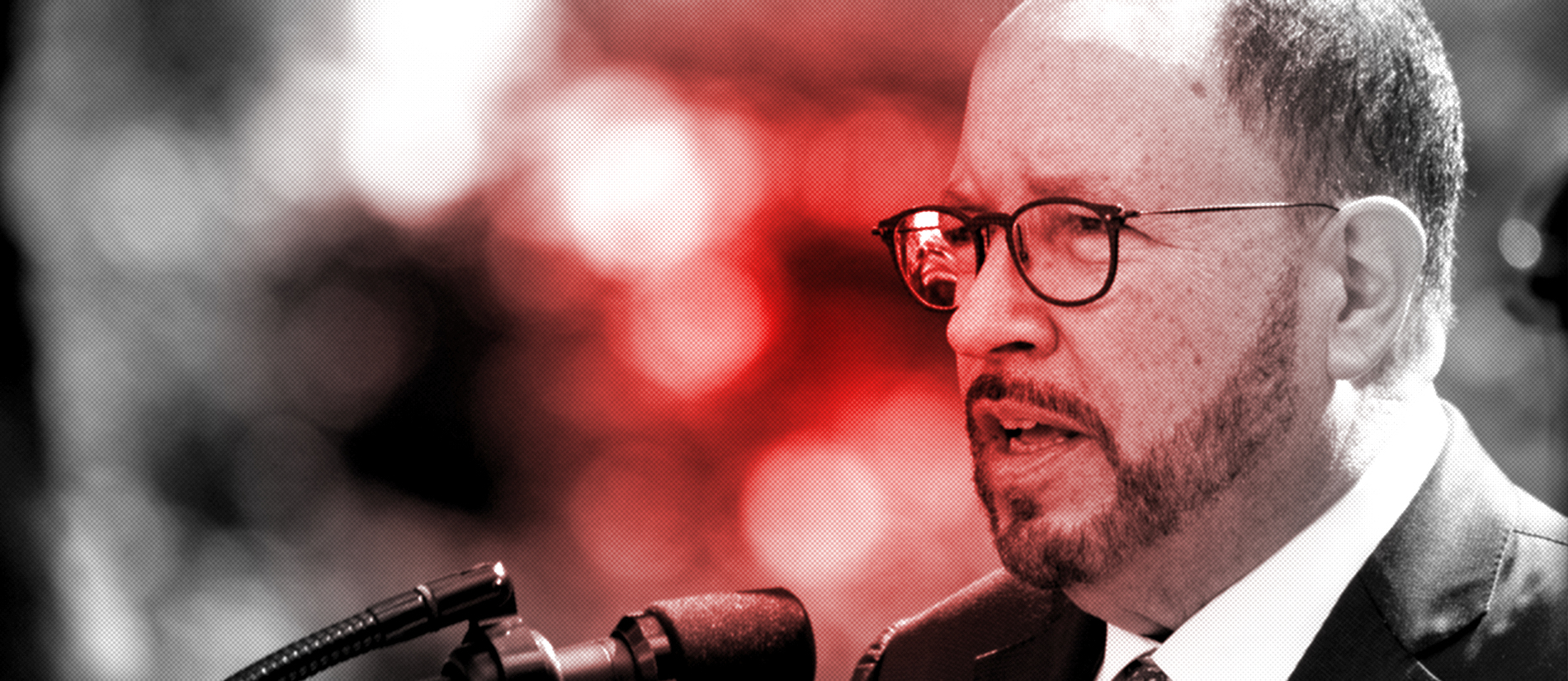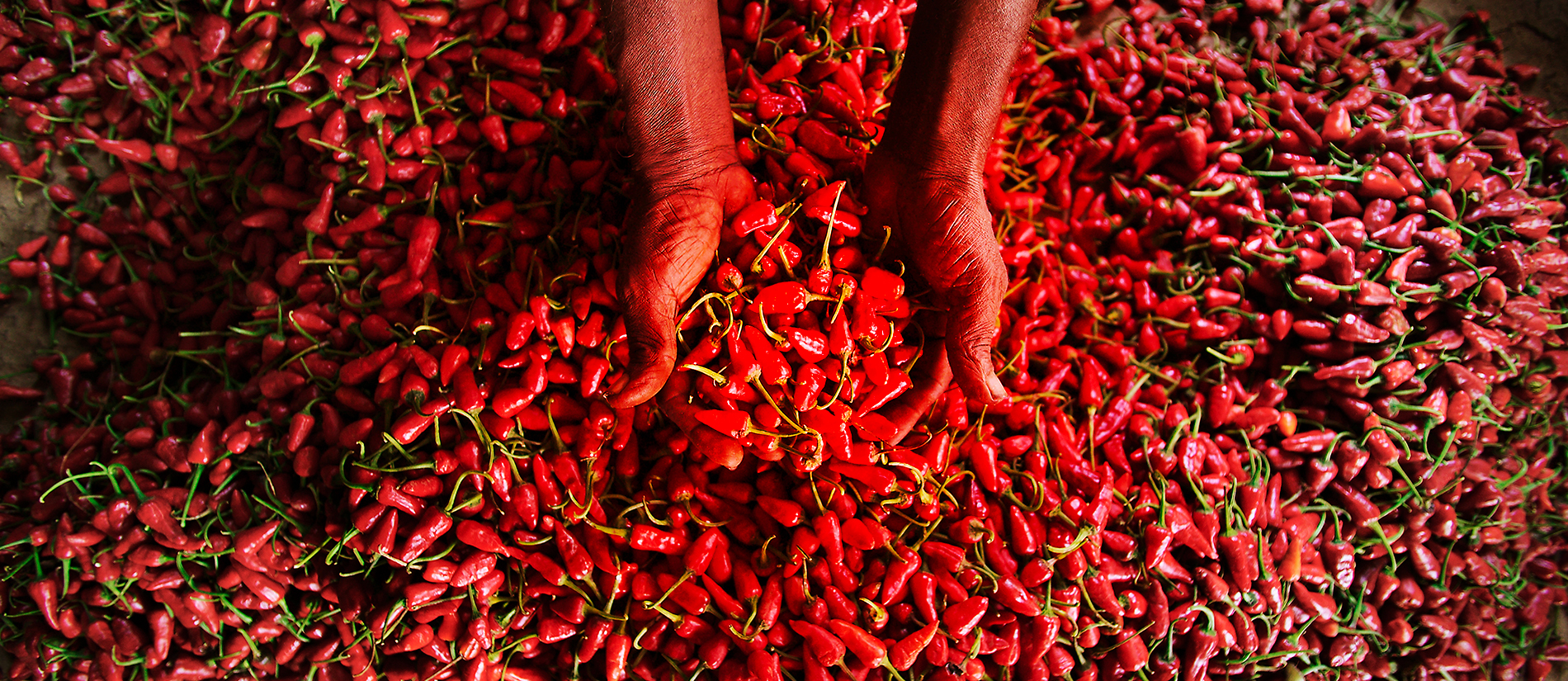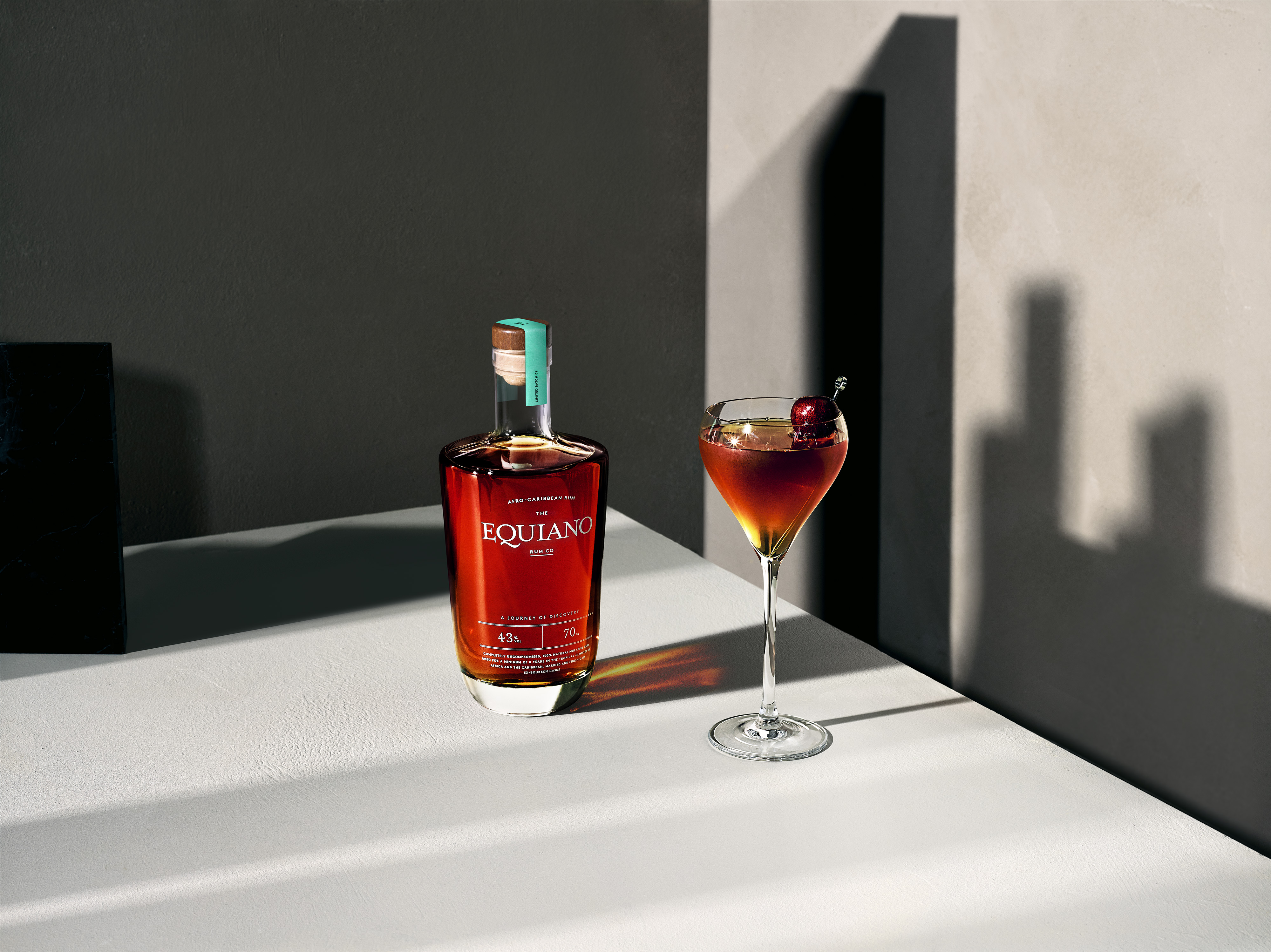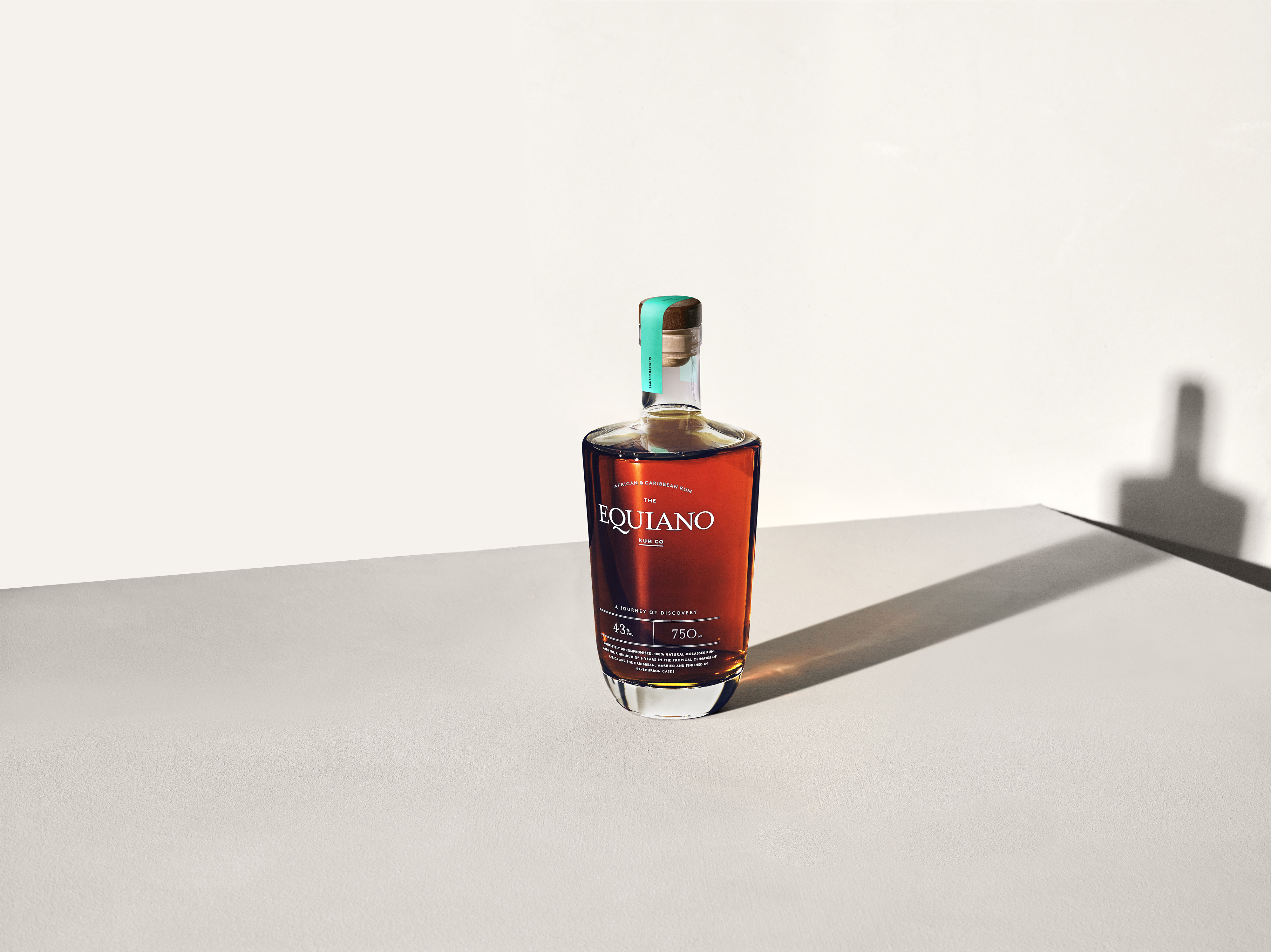
Eddie Pepitone is one of those comics who is constantly referred to as “a comic’s comic.” I don’t know the exact formula that creates a comic who is more liked by other comics than by the general public, but it probably has something to do with a slightly confrontational style. People who watch live comedy one or two times a year seem to most enjoy comics who are a bit aw shucks, a bit self-effacing, who invite you into the jokes gradually, like a father holding a toddler’s hand on the steps of a pool. Comics love other comics who get a rise out of people, who risk being hated, who toss the audience off a pier and cackle while they bob in the surf.
Why does this happen? I think it’s a little bit like politics: you want to see a comic lead an audience, not follow. To give an audience something they didn’t know they wanted rather than give them exactly what they wanted. Not to mention, comedy audiences by and large are scum and piggies, and anyone who doesn’t respect them too much is to be admired.
Eddie Pepitone, beloved by comedians in New York and LA lucky enough to see him perform regularly (he’s notorious for not touring much, and as he told me “I find the proletariat off-putting,”), is a slightly different quantity than other beloved screamers like Gilbert Gottfried or Sam Kinison. Pepitone, who says his trademark operatic bellow was inspired by Jackie Gleason and his Sicilian father (reminiscent of the way Johnny Rotten claimed to be inspired by Olivier in Richard III), seems if anything overly sensitive to the world’s problems. He seems to shout because he wants you to care more. One of his signature bits, which he rehashes in his latest special, For The Masses, sees him improvising lines in an audition for Downey fabric softener, in which he’s only supposed to say, “How did the shirt get so fresh?” but instead catalogues a litany of society’s problems, finishing, “And somehow you still got the shirt so fresh!”
In a Comedy Bang-Bang appearance in 2012 or 2013, comedian Patton Oswalt joked that an agent commented that Pepitone was “past his booking age.” And that was eight or nine years ago. Pepitone is 61 now, but it kind of fits. His is not really the kind of comedy audiences would accept from a less wizened man. And yet, there’s an obvious youthfulness to Pepitone, a sort of cherubic twinkle. Which somehow comes through inescapably, even as some accurately compare him to a homeless person. Is it the slovenliness or the raving? Probably both.
Which is to say that Pepitone’s volume is transparently just bluster. He’s pretty plainly a sweet guy. Not that I still wasn’t slightly intimidated to talk to him. We did our interview over Zoom, which is a bit new for me, meaning that I had his piercing blue eyes scrutinizing my every rambling question. It was a bit like being in the front row at one of Pepitone’s shows with only you in the audience. I wouldn’t recommend it.
—
I usually don’t do the video. I hope this makes it better somehow.
It’ll make it worse, but it’s okay. I mean, we’re dealing with a killer virus. I can’t take it anymore.
Has it changed your life a lot?
Well, what do you think? That’s funny. It’d be funny if I said, “No, hasn’t affected me one bit.” I don’t travel anymore. I mean, I don’t mind it, because me and my wife just hang out. We go to the park. We read. And the special came out, so I’ve been getting enough validation through that. So I don’t know. I can’t imagine starting to travel again.
Day-to-day it seems fine, but how much does it affect being able to make money from stand-up and whatnot?
Well, yeah, that’s true. I actually have offers. There’s an outdoor show in Alameda, up in Oakland area, that they asked me to do. And then Fargo, North Dakota threw me an offer as well. And I don’t know about that, I don’t know about flying. I’m in a high-risk category. I’m fucking 61. I’m not in the greatest physical shape, so I don’t know. I don’t know if I would fare well with this thing.
I was rewatching a little bit of The Bitter Buddha from a while back, and Scott Aukerman said he wished that you would become an officially recognized national treasure. How much closer do you think you’ve gotten since then?
Well, in Britain, they give you an OBE I think it is, right? So I’m waiting for the equivalent here, which is the Mark Twain Prize. Did you see the special?
Yeah, I watched it last night.
A lot of people really like it. So I’m inching toward national treasure.
They have the Congressional Medal of Freedom, but I think Trump gave one to a dog so it might be less valuable now.
I find Trump off-putting. I want to go on the record about that.
That’s good. People should know your thoughts on that. Since the last special you’ve gotten married. Was that the same relationship? How did you meet your wife?
Yes, same relationship. It was a mail-order. No. How did we meet? Well, she’s a comedy writer. And I met her at, I think it was one of my shows. She said, “Hi,” and I said, “Hi,” and that led to a 13-year relationship.
So it was 13 years before you guys officially got married?
No, I think it was seven before we got married, something like that. By the way, I can’t keep track of… I am amazed at how people keep track of dates. Like, “Oh yeah, we met this day,” and “Oh, that movie came out in 1979.” I have no clue.
Well, that leads well into my next question: when did you first start doing stand-up?
Oh, well damn. Let’s see, Kennedy got shot in… No, I started doing stand-up I would say when I was 20. So that would be 1978. And I stopped for a while because stand-up is scary. I’m a head case as it is, but I could not do it. I was so freaked out, I would throw up before shows. So I went into improv comedy, it was very difficult to do alone. So I went into improv comedy and I did a lot of straight acting classes and plays. I’ve always been a guy who approaches stand-up theatrically because I love acting too. Matter of fact, me and my wife read plays together. I always wanted to be a playwright when I was in college. I still romanticize about that. You know when I don’t romanticize being a playwright? When I sit down to write a play.
The theatricality comes through. I definitely got the sense that you had done theater just from watching you your stand-up. The way you’re able to project feels trained in some way.
My biggest influence when I was a kid was Jackie Gleason. Now I know that’s an old reference, but I’m an old guy. I just loved that kind of bombastic, larger-than-life type of person. His persona just fit into mine, because my whole stand-up milieu, sorry to drop French words, but my whole stand-up thing is I’m channeling my dad’s operatic rage. He’s Sicilian. On stage, I have that persona. But I’m really very quiet, frightened of everything. I forgot the question. Have I been doing good so far on this interview?
You’re doing great. No rules. My questions are always a ramble so whatever leads you to say something interesting I’ll just pretend I asked a better question. You said you first did stand-up when you were 20. Do you remember your first open mic and what made you want to do it for the first time?
Well, getting back to my playwriting joke, I wanted to be a stand-up, and then I tried it. I was a big Richard Pryor, George Carlin fan, big time. And then SNL just started too, and I got into Steve Martin as well. But those guys, Pryor, particularly, and Carlin, made me want to do stand-up.
So you just sought out an open mic somewhere? Was there anyone in your own life that you saw do comedy, where you’re like, “Oh, that’s a thing that I could do.”
Yeah, this is wild, but I saw Dana Gould at Caroline’s. And I was like, “Who is this guy? I want to do stand-up like that.” And now I’m good buddies with Dana.
Do you have any memorably bad road gig stories?
Oh, memorably bad, hmm. You know, until recently, I’m very cautious with doing the road in front of the masses. I find the proletariat to be off-putting. Of course, I call the special “For the Masses,” but I mean, I will not go to the Chuckle Hut in Florida. I make sure I pick and choose. I think my worst road story was… Do you know this club called Rooster T Feathers?
Oh yeah. In Sunnyvale.
Sunnyvale, yeah. Kind of nice area. They put me up in a hotel in Cupertino. Fucking Apple is there and all these big places. And the hotel was really nice and I went swimming, but the gigs not so much. The gigs were… the people, it was a very mainstream crowd, and my stuff tends to be not that mainstream. But I’ll never forget, just the sparsity of those crowds. And I don’t know how to tone down my act for a smaller crowd, because I just perform one way. And I was doing these really high energy bits to like eight people who were in the middle of eating.
Was it different in the ’80s? They talk about the comedy boom or whatever. Were you performing at that time…
I wasn’t really doing a lot of stand-up in the clubs in the ’80s. I was doing acting, I was doing one-man shows, I was traveling with an improv group called Chicago City Limits. I did some stand-up, but I wasn’t part of that big ’80s boom.
Do you think that doing a lot of road gigs has a way of, I don’t know, dumbing down jokes, because you’re having to play to a less savvy audience or whatever?
Yeah, a little bit. I’ve been traveling… Before COVID, what I like to refer to as BC, I was traveling a lot with my buddy JT Habersaat, and he would pick all these cool rock venues. We went through the South. We went to Arkansas, Louisiana. We went to Oklahoma, Texas. And then we did also, we went back East, we did Philly, Connecticut. We did Pennsylvania, Connecticut, Maine, New York. And they were very off-beat venues, like theaters or bars. We did this great bar in Worcester, Massachusetts. We did New Hampshire. And it was just a great experience, and people were so great. I was particularly afraid to perform in the South, but it was great. And I’ve done Georgia. It’s like when they’re specialized venues… The idea is, and hopefully this special will help with this, is you get a fanbase, they see your stuff, and then they’re coming specifically for you, as opposed to some of these mainstream comedy clubs, where people are like, “Oh, comedy.” And they wander in and they’re like, “Why is he upset?”
Is that a big shift? When you’re first starting out in comedy, you’re always performing for people who have no idea who you are, but then if they do, it seems like that would affect the kind of jokes that you can do.
Well, it’s all comfort level. If you have what I like to call a home crowd. Taping the special, everybody was there to see me. So I felt super comfortable and I could do whatever I want, that does make a difference. But I have reached a point, and I think being a regular at The Comedy Store for I think three years, I feel like I really have learned how to perform for anybody now. Even if I did have to go to the Chuckle Hut in Florida, I think I could navigate it now, though I would rather not.
Are there things that you know that you could say that would make people laugh, but you don’t because you think they’re hack?
Sure. Like staying away from blatant sex jokes, you know what I mean? I tell the audience sometimes, “Look, I’m not going to be talking about my sex life, all right? I know you all want to know about it. It’s not happening tonight. We’re going to talk about the decay of this civilization and how, on the outside, we have maybe 20 years left.”
They touched on it a little bit in The Bitter Buddha, but what were some of the regular day job type things were you doing when you were trying to support your comedy dreams?
I think the funniest one, I was living in Staten Island before I moved. I’m the real King of Staten, you know what I mean? I didn’t like the fact that that movie was called King of Staten Island. But that’s a whole ‘nother issue I’m going to take up with Apatow. But I was sanding floors and installing hardwood floors on Staten Island. And I would go from sanding floors to acting classes, and I would still have the dust on me. Like if you touched me, dust would come up. That was a crazy job. Other jobs… Like any good actor in New York, I was waiting tables then catering, and I burned through a lot of those jobs.
It’s easier for me to imagine you as a guy with floor sand on your shirt in an acting class than you being a waiter for some reason.
I mean, I was a good waiter, but I really was… not a good waiter. I would lose my temper with tables, you know what I mean? They would start asking me for very specific things and I would just shake my head. They’d be like, “Oh, and can I get, instead of radicchio in my salad, is there any way they can do it with spinach leaves?” And I would just go, “Oh, God.” I would let my displeasure be known, to the point of one guy was ready to literally kill me in front of his family. He jumped up, got in my face.
I didn’t see you when you were a younger comic, maybe, but seeing you now, it feels like you do the kind of comedy that might not work for a twenty-something comedian. Do you think that you had to age into becoming the ideal messenger for your jokes?
Oh yeah. I’m always amazed to see the young comics who are so skilled. The guy who comes to mind for some reason, I work with him at The Comedy Store, is Fahim Anwar. He’s so young and he’s so funny. In The Comedy Store we do tag-team intros. And so he would intro me as his dad, and it was just hilarious to me. And I would come up and I would go, “I don’t like the young guys. What do they have to talk about, really? They have no life experience. They haven’t suffered.” Shit like that.
So are we ever going to find out how she got the shirt so fresh?
Well, I do say Downy at the end, I say, “Oh, Downy. Oh, thank you, thank you.” Now with COVID, that taping was done before this catastrophe. And COVID, this pandemic, has accelerated the depravity and the collapse I was talking about. I mean, economically, this country is in ruins and ecologically we’re even in worse shape. So the shirt so fresh bit, I think there’s a lot more material.
Sure, but are you going to have to change the ad? That feels like it comes from a slightly earlier age of corporate advertising. Now, maybe it’d be about Downy making a Black Lives Matter statement or something.
Yeah, yeah. I think that’s a hilarious take. I want to write some material on that, about how Chase Manhattan is into Black Lives Matter, you know what I mean? “Hi, we’re Chase Manhattan, and we don’t really pay taxes and we redline districts for black people who can’t get loans, but we do care. We do care about… You know what? At Chase, we care about whatever is trending.”
There you go, I like that.
Right? Not bad.
So you said your father was Sicilian. Was your mother also?
Jewish, my mother was Jewish. Yeah, so Sicilian-Jewish, intellectual and then just very viscerally angry.
[A long digression ensues in which Pepitone inquires about me and my family life, and how I’m coping with COVID, etc.]
Right, right, right. Gotcha. All right, well this isn’t me interviewing you, but I just had to know how you’re coping.
Well, it’s nice to know that. Good to know your interview subject cares about you too. Is there anything that I didn’t ask you that you really wanted to touch on before we?
I don’t think so. I mean, the question I ask myself every day is, how do you keep your looks?
‘For The Masses’ is currently free on Amazon Prime, and available on Tunes, Google Play, Xbox Video, Vudu, Pandora, SIRIUS XM, Apple Music, Spotify, Amazon Music, and Tidal. Vince Mancini is on Twitter. You can access his archive of reviews here.

